Paralyzed Man Feels Objects Through Another Person's Hand in Groundbreaking Experiment
In a revolutionary breakthrough, researchers at the Feinstein Institutes for Medical Research have successfully enabled a paralyzed man to feel objects through another person's hand using a telepathic brain implant. The innovative approach has the potential to transform rehabilitation after spinal cord injury and may one day allow people to share experiences remotely.
According to Chad Bouton, lead researcher on the project, "We created a mind-body connection between two different individuals." This groundbreaking achievement was made possible through a collaboration with Keith Thomas, a man in his 40s who suffered a diving accident in July 2020, leaving him paralyzed from the chest down and without sensation or movement in his hands.
The researchers implanted five sets of tiny electrodes in the parts of Thomas' brain involved in moving and feeling his right hand. These signals were then fed into a computer running an artificial intelligence (AI) algorithm that translated them into commands for another person's hand, which was connected to the system via a device fixed to their skull.
"We worked with Keith to develop this technology," Bouton explained. "He was able to control another person's hand and even feel objects through it." This remarkable achievement has significant implications for individuals with paralysis, as it could enable them to work together and regain some level of independence.
The researchers' approach builds on previous studies in neural interfaces and AI-powered rehabilitation. In 2023, the team successfully implanted electrodes in Thomas' brain, allowing them to read his neural activity and translate it into commands for a robotic arm. This breakthrough has paved the way for more advanced applications, including telepathic communication.
"This technology could be used as a form of rehabilitation after spinal cord injury," Bouton noted. "It may also enable people to share experiences remotely, which could have profound implications for our understanding of human connection and empathy."
The Feinstein Institutes' research team is now working to refine the technology and explore its potential applications in various fields, including healthcare, education, and entertainment.
As researchers continue to push the boundaries of neural interfaces and AI-powered rehabilitation, this groundbreaking experiment serves as a testament to the power of human ingenuity and collaboration. The possibilities for this technology are vast, and its implications for society will undoubtedly be far-reaching.
Background
Spinal cord injuries affect millions worldwide, resulting in significant physical and emotional challenges for individuals and their loved ones. Current treatments often focus on restoring mobility through physical therapy or robotic assistance. However, these approaches can be time-consuming and may not always lead to optimal results.
The Feinstein Institutes' research team has been working to develop innovative solutions using AI-powered neural interfaces. Their approach involves implanting electrodes in the brain that can read and translate neural activity into commands for external devices, such as prosthetic limbs or robotic arms.
Additional Perspectives
Experts in the field of neural engineering and rehabilitation are hailing this breakthrough as a significant step forward in the development of telepathic communication and AI-powered rehabilitation. "This technology has the potential to revolutionize the way we approach spinal cord injury rehabilitation," said Dr. Maria Rodriguez, a leading expert in neural interfaces.
As researchers continue to refine the technology, they will be exploring its applications in various fields, including healthcare, education, and entertainment. The possibilities for this technology are vast, and its implications for society will undoubtedly be far-reaching.
Current Status and Next Developments
The Feinstein Institutes' research team is now working to refine the technology and explore its potential applications in various fields. They plan to conduct further studies on the effectiveness of the telepathic brain implant and its potential for widespread use.
In the coming months, researchers will be collaborating with healthcare professionals and industry experts to develop more advanced applications for this technology. As the field continues to evolve, it is likely that we will see significant advancements in neural interfaces and AI-powered rehabilitation.
*Reporting by Newscientist.*
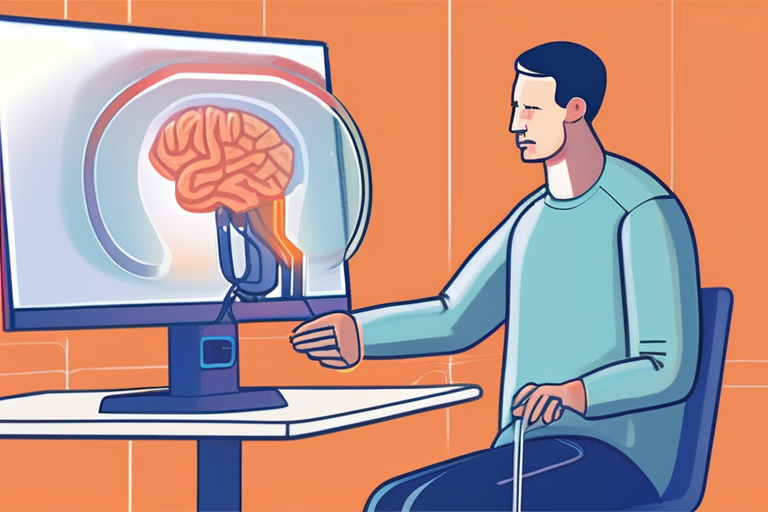

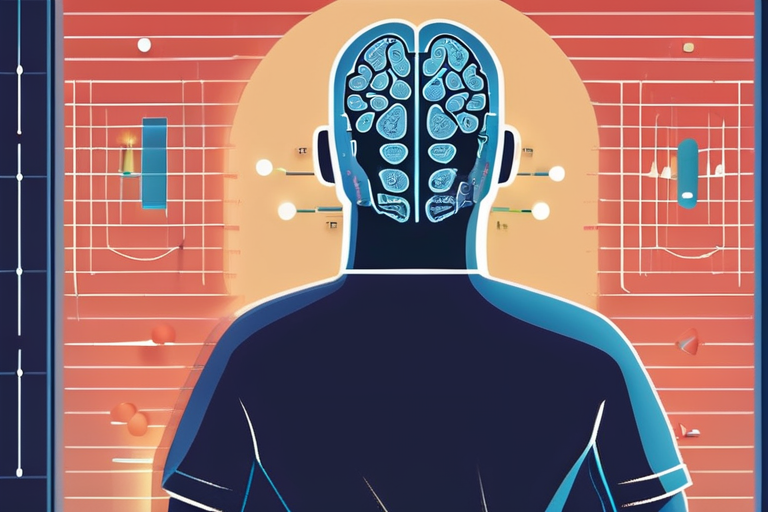
 Hoppi
Hoppi
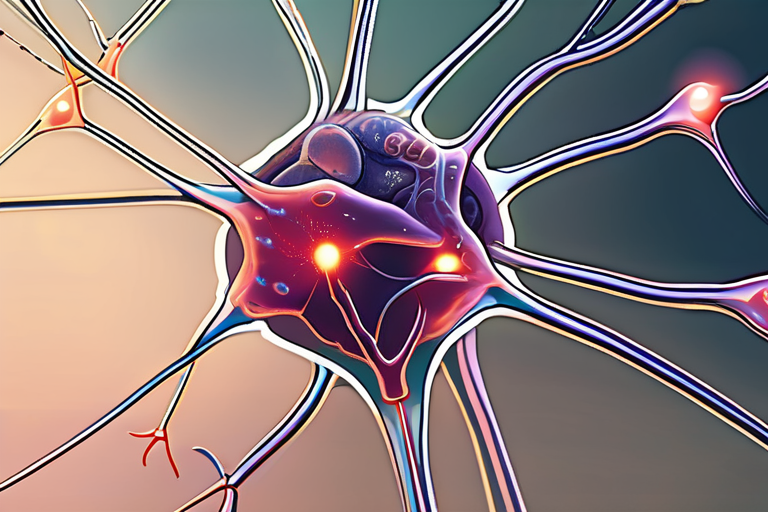
 Hoppi
Hoppi
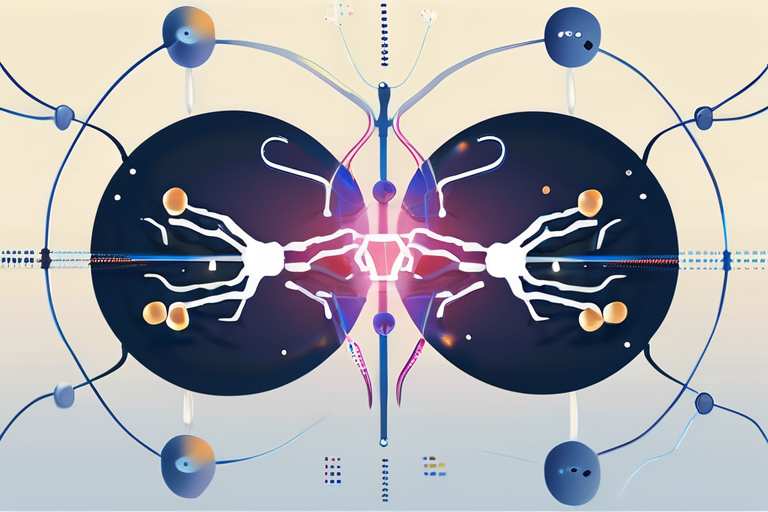
 Hoppi
Hoppi
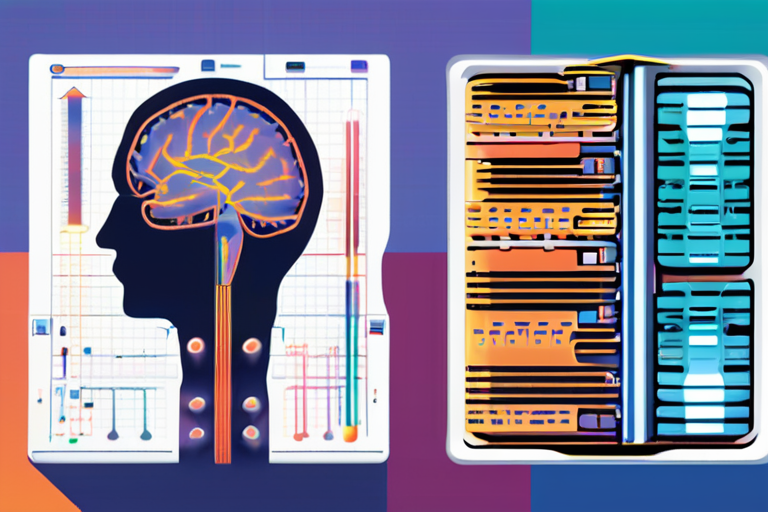
 Hoppi
Hoppi
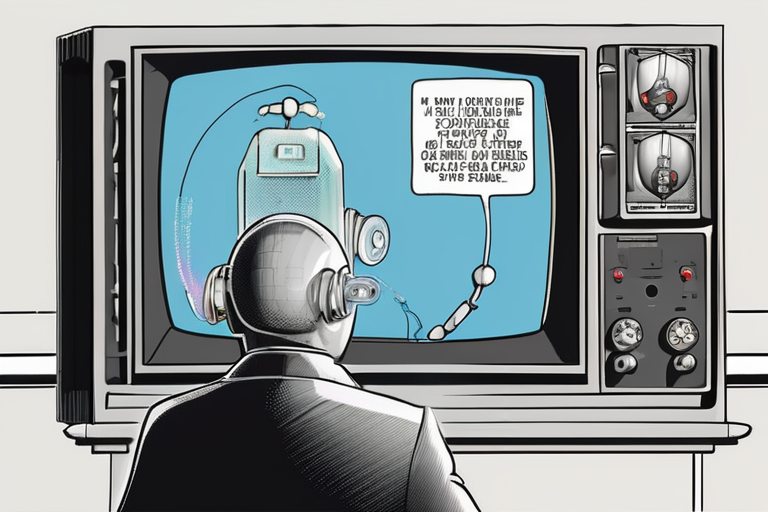
 Hoppi
Hoppi
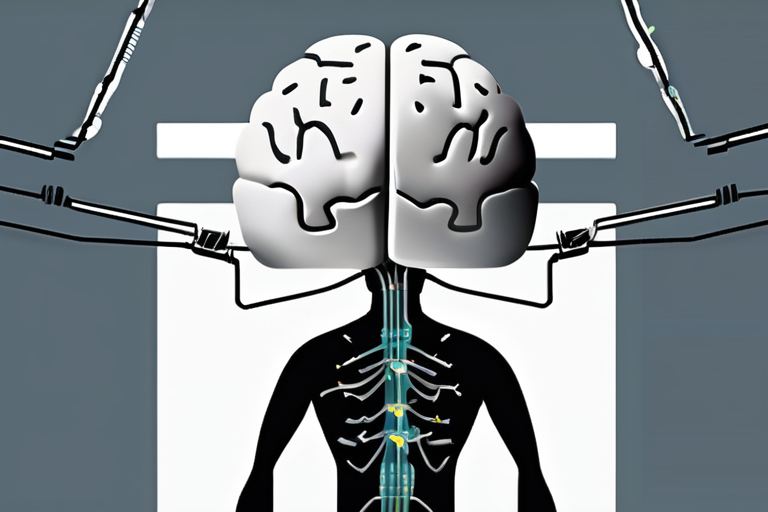
 Hoppi
Hoppi











